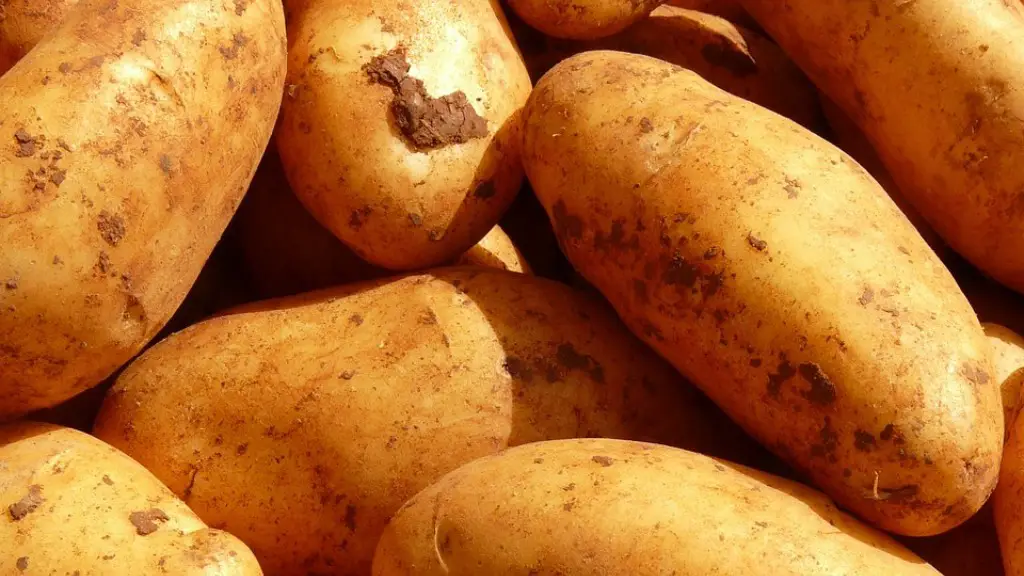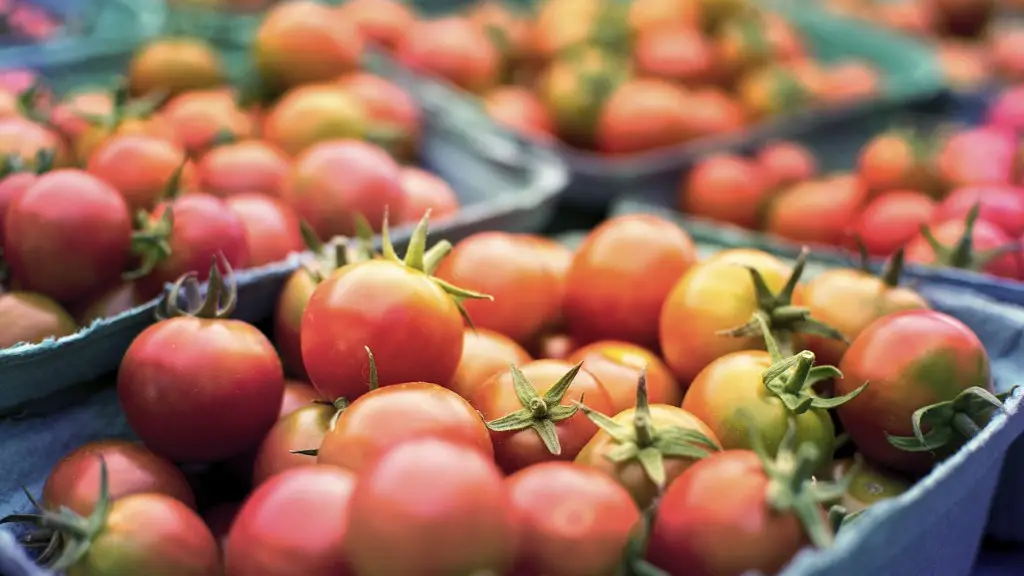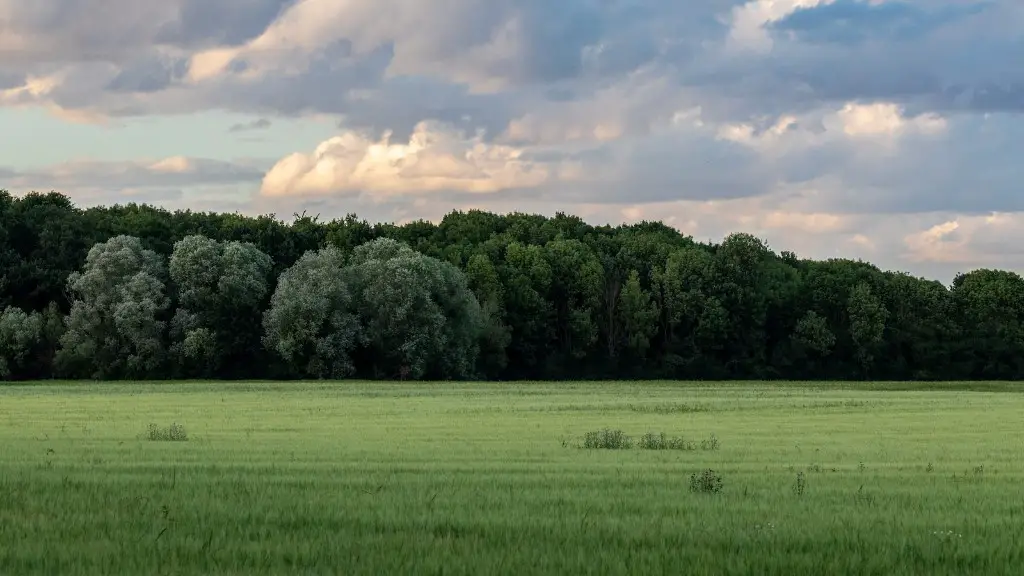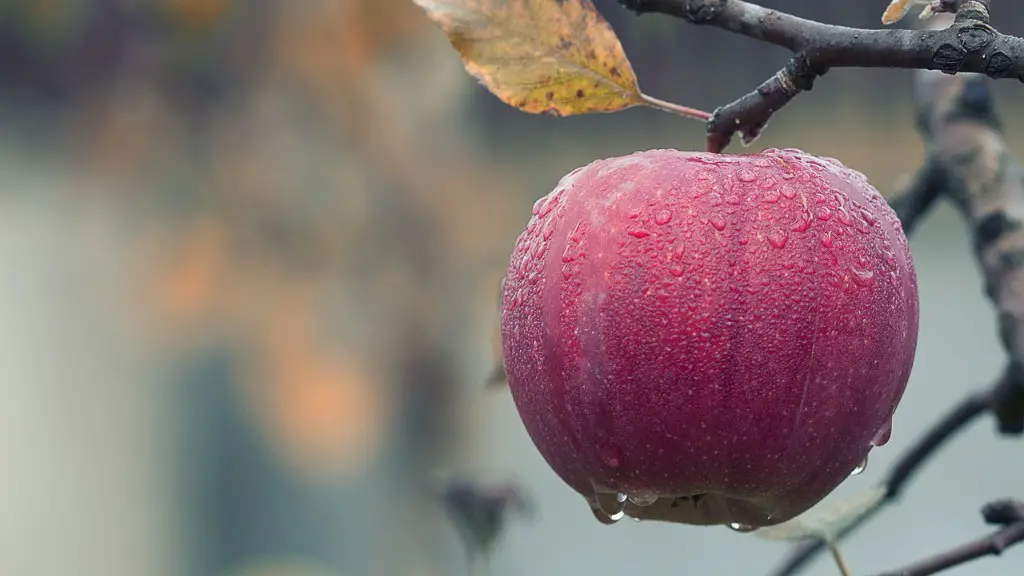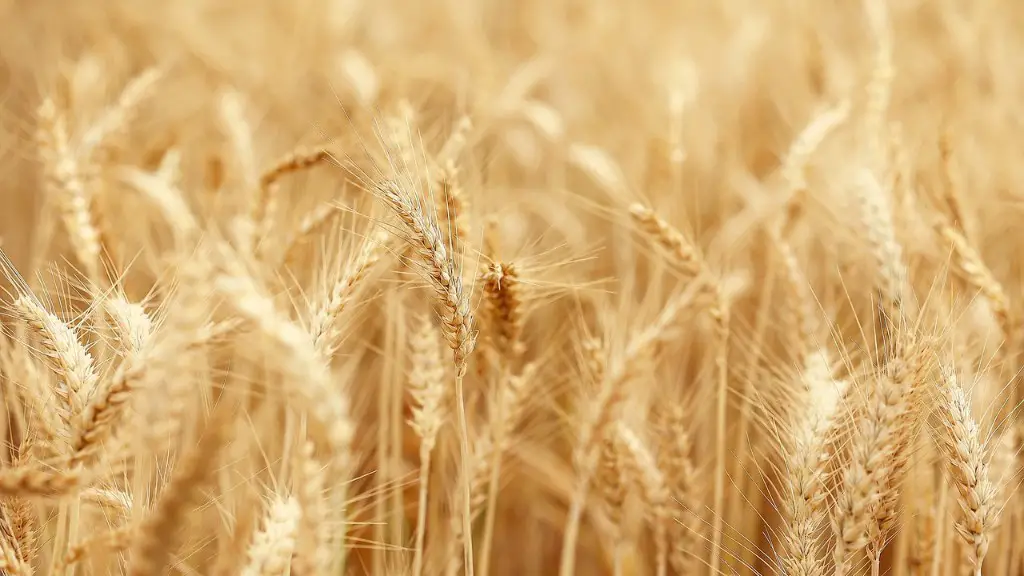In recent years, there has been a resurgence of interest in urban agriculture as a means of increasing the food security of cities and towns. Urban agriculture is defined as the growing of crops and raising of animals within the confines of a city or town. It is a practice that dates back thousands of years, and one that is still commonplace in many parts of the world.
There are many reasons why urban agriculture is seen as a sustainable way of producing food. First, it reduces the need for long-distance transportation of food, which is a major source of greenhouse gas emissions. Second, growing food locally can help to reduce the amount of pesticide and herbicide runoff that pollutes waterways. Third, because it doesn’t require large tracts of land, urban agriculture can make use of otherwise vacant or underutilized spaces. Finally, urban agriculture can create green space and promote biodiversity in cities, which can provide a host of other benefits, such as improving air quality and providing habitat for animals.
There are many ways in which urban agriculture can be sustainable. One way is by using organic methods to grow food. This means using natural methods to fertilize and pest control, which can help to improve the quality of the soil and reduce pollution. Another way is to use recycled materials to build raised beds or cold frames. This can help to reduce the amount of waste that goes into landfills. Finally, using rainwater harvesting systems can help to conserve water.
Why is urban agriculture sustainable?
Urban agriculture can have a number of benefits for the surrounding community. These can include reducing transportation costs, reducing runoff associated with heavy rainfall, and improving air quality. Additionally, urban farming can provide a source of fresh produce for local residents and create jobs in the community.
Urban farms provide many benefits to the environment, including reducing the energy costs of food production and transportation-related greenhouse gas emissions. Additionally, urban agriculture can promote biodiversity by providing a variety of habitats for different species of plants and animals.
What makes agriculture sustainable
A sustainable agriculture must provide a fair and reasonably secure living for farm families. It should minimize harm to the natural environment. It should maintain basic natural resources such as healthy soil, clean water, and clean air.
Urban gardening is an excellent way to reduce your carbon footprint. By growing your own food, you eliminate the need to transport food from other regions or countries. This also relieves the pressure on traditional farms, freeing up land for natural regeneration. Not to mention, urban gardening is a great way to get some exercise and fresh air!
What makes an urban area sustainable?
A sustainable city is one that incorporates eco-friendly practices, green spaces, and supporting technology into the urban environment to reduce air pollution and CO2 emissions, enhance air quality, and protect natural resources. By doing so, a sustainable city is able to provide a healthier and more livable environment for its residents. In addition, sustainable cities are often more resilient to the effects of climate change, as they are better able to adapt to and recover from extreme weather events.
Urban farming is a great way for city folks to get involved in food and farming. Not only does it provide an opportunity to get your hands dirty and get some fresh air, but it can also help support your community through meaningful employment. Growing food for a community is an important and rewarding way to give back, and we all have a responsibility to ensure that everyone has access to fresh, healthy food.
Is urban agriculture good for the environment?
Urban agriculture is a growing trend in many cities around the world. These initiatives promote the preservation of biodiversity by providing a place for a variety of plants and animals to thrive. These zones also contribute to the diversification of the urban environment by providing fresh food and a sense of community.
Paved or asphalted grounds are not very effective in absorbing rainfall and storing water. This can lead to flooding and other water-related problems during heavy rains. On the other hand, areas used for urban farming and gardening are much more effective in absorbing rainfall and storing water. This is because these areas are typically covered in vegetation, which helps to absorb and store water. Additionally, these areas can be further adapted to climate impacts by introducing appropriate vegetation and crops for allotment and vegetable gardens. This will help to make these areas even more effective in absorbing rainfall and storing water, which will ultimately help to reduce the risk of flooding and other water-related problems.
How can urban agriculture contribute to creating a sustainable city
Urban agriculture can help to close the loop between inputs and outputs by converting what are traditionally viewed as waste products into food and fuel, thus lowering the size of the city’s ecological footprint. By growing food and producing energy within the city, we can reduce the amount of resources that need to be imported from outside the city, and lower the carbon emissions associated with transportation. Additionally, urban agriculture can help to green the cityscape, improve air and water quality, and provide much-needed green space and recreation areas.
Sustainable agriculture is an approach to managing the land, crops, and livestock that emphasizes environmental stewardship, economic viability, and social equity. A variety of philosophies, policies, and practices can contribute to these goals, but a few common themes and principles weave through most definitions of sustainable agriculture.
Environmental health is a primary concern of sustainable agriculture, and many practices are designed to minimize the impact of farming on the natural world. As farmers strive to be good stewards of the land, they often implement practices such as using cover crops to protect and improve soil health, using integrated pest management to reduce the need for chemical inputs, and using rotational grazing to restore and improve pastureland.
Economic viability is another key goal of sustainable agriculture, and many farmers are working to find ways to produce food and fiber while still making a living. To achieve this, farmers may diversify their operations to include value-added products, direct marketing, and other revenue streams. They may also implement practices that improve resource efficiency and increase yields.
Social equity is the third pillar of sustainable agriculture, and it encompasses a commitment to fair and just treatment of all people involved in the food system. This includes farmers, farm workers, food processors, retailers, and consumers. When all
What are 4 sustainable agriculture practices?
Sustainable agriculture practices aim to protect and enhance the natural resources used by farmers to produce food, fiber, and fuel. These practices include rotations crops, planting cover crops and perennials, reducing or eliminating tillage, applying integrated pest management (IPM), integrating livestock and crops, adopting agroforestry practices, and managing whole systems and landscapes. These practices help to build soil health, protect water quality, and reduce greenhouse gas emissions.
The basic goals of sustainable agriculture are to protect the environment, be economically profitable, and provide social and economic equity. Sustainable agriculture aims to produce food and fiber in a way that is environmentally friendly, economically viable, and socially just.
What are the environmental benefits of urban gardening
Urban farms and community gardens can have both positive and negative environmental impacts. They can, for example, reduce or increase energy consumption, improve water infiltration, and beautify neighborhoods, or produce odors and contaminate water.
Urbanization can have a negative impact on the environment, causing deforestation, habitat loss, and the extraction of freshwater from the environment. This can decrease biodiversity and alter species ranges and interactions.
What are the impacts of urban farming?
The future of urban water supply, aquatic navigation, recreation and fishing is considerably affected by urban farming. This is because urban farming has not been properly regulated and monitored, especially in developing countries, to an extent that the impacts have adverse environmental effects.
There are a number of ways to make buildings more energy efficient and reduce their impact on the environment. They include: green building design to reduce operational consumption and to optimize building orientation for solar generation; compact development to minimize gray energy use; medium- to low-rise building construction to conserve materials and energy; building renovation and reuse to increase efficiency and material.
What are the 5 components of sustainable urban development
The five sustainability constructs identified in this study are economic, social, environmental, cultural heritage, and government/community role. Each of these constructs represents a different area of focus for sustainable development, and each offers a unique perspective on the issue.
The economic construct refers to the need to create an economy that is sustainable in the long term. This means creating an economy that meets the needs of the present generation without compromising the ability of future generations to meet their own needs.
The social construct encompasses the need to create a society that is sustainable in the long term. This means creating a society that meets the needs of all its members, while also protecting the environment.
The environmental construct covers the need to protect and restore the environment. This includes both the natural environment and the built environment.
The cultural heritage construct recognizes the need to protect and conserve our cultural heritage. This includes both the material heritage (such as buildings and monuments) and the intangible heritage (such as language and traditions).
The government/community role construct acknowledges the need for both government and the community to play a role in promoting sustainability. This includes everything from implementing policies and regulations to encouraging sustainable practices.
1. The planet has biophysical limits: We need to be mindful of the impact our actions have on the planet, and work to protect its resources.
2. Human and natural systems are tightly intertwined and come together in cities: We need to consider both the human and natural systems when planning for cities.
3. Urban inequality undermines sustainability efforts: Inequity makes it difficult for everyone to benefit from and contribute to sustainability initiatives.
4. Cities are highly interconnected: What happens in one city can have ripple effects throughout the world.
Final Words
Urban agriculture can be sustainable in many ways. For example, using organic methods to grow food can help reduce pollution and conserve water. Also, efficient management of limited space can help reduce waste and promote the production of fresh, healthy food.
There are many ways that urban agriculture can be sustainable. For example, by using less water and fertilizer, growing food in reused or recycled materials, and using organic methods to control pests, urban farmers can have a smaller ecological footprint than traditional farmers. Additionally, as the demand for local food continues to grow, urban farmers can encourage their neighbors to start gardens of their own and sell their excess produce at farmers markets or food hubs. When done right, urban agriculture has the potential to improve the health of both people and the planet.
